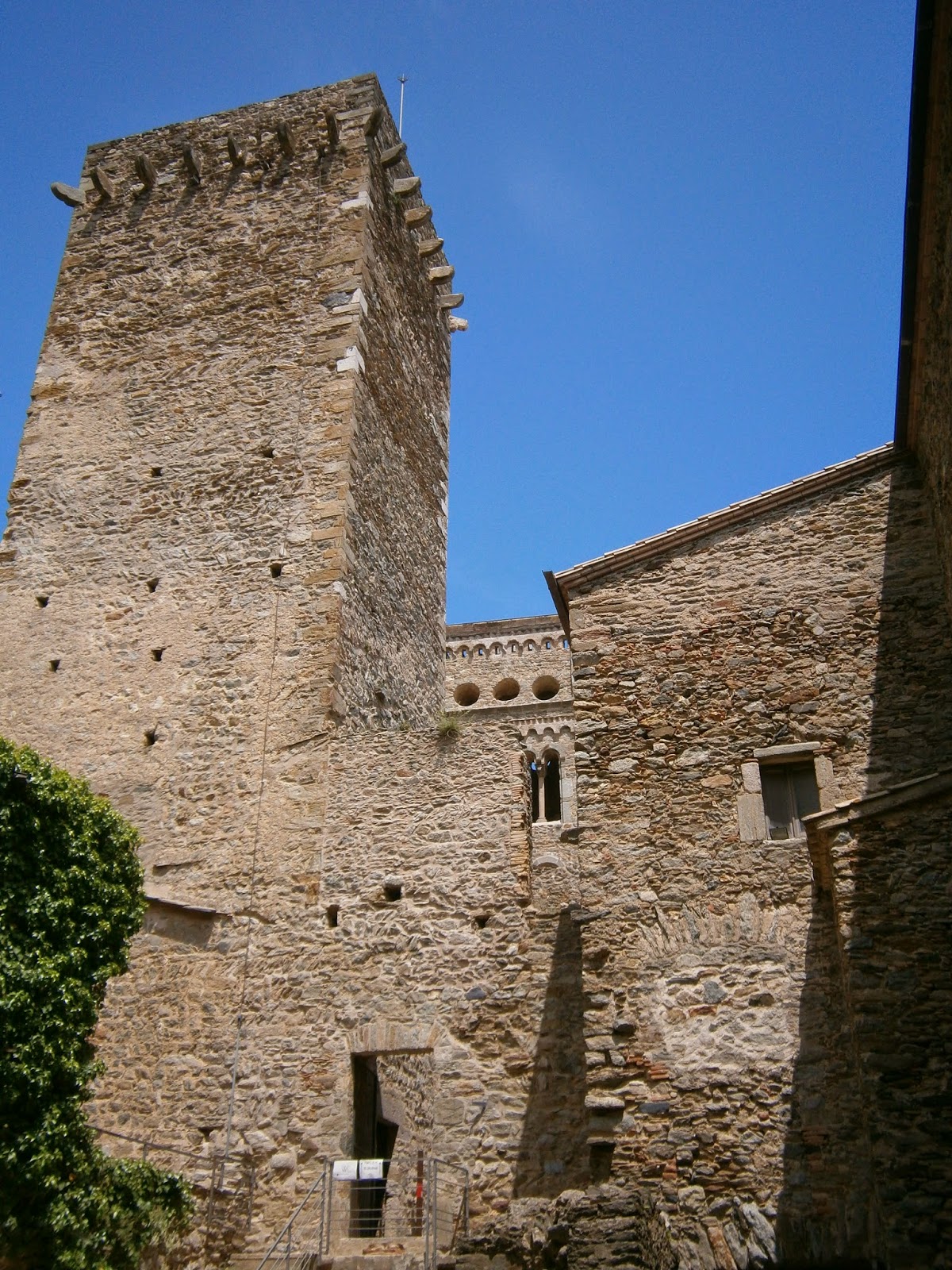Two fairs in two weeks. There is never to be a dull moment in Figueres. First there was the Senior Citizen Fair, and the following weekend the
Bicycle Fair.
I wasn’t particularly moved by
the senior citizen fair. There were
probably reasons for my bad attitude. In
any case, the activities didn’t appeal and there were no food stands. It wasn’t particularly colorful and it was
full of old people. There was supposed
to be some kind of classic car show or parade, but although it was included in
the printed program, try as I might I couldn’t find it. Now that would have been something to enjoy,
better old cars than old people. In
spite of them hiding the classic cars, I did manage to get some shots of two
classics – one a Pontiac and the other a custom-build -- that were parked at
the bottom of La Rambla. I guess someone
forgot to hide those.
The bicycle fair was
sweet. It was there to promote the use
of bicycles, to accept donations of unused bicycles that will receive whatever
attention is required and then be given to people who need them. There were stationary bicycles hooked up to
blenders that made smoothies while you pedaled, bicycles designed for people
with a variety of disabilities, and obstacle courses for all ages and
abilities.
 |
| Donated bicycles |
 |
| Foc de Drac (Dragon Fire) |
 |
| He's in the tree |






















































